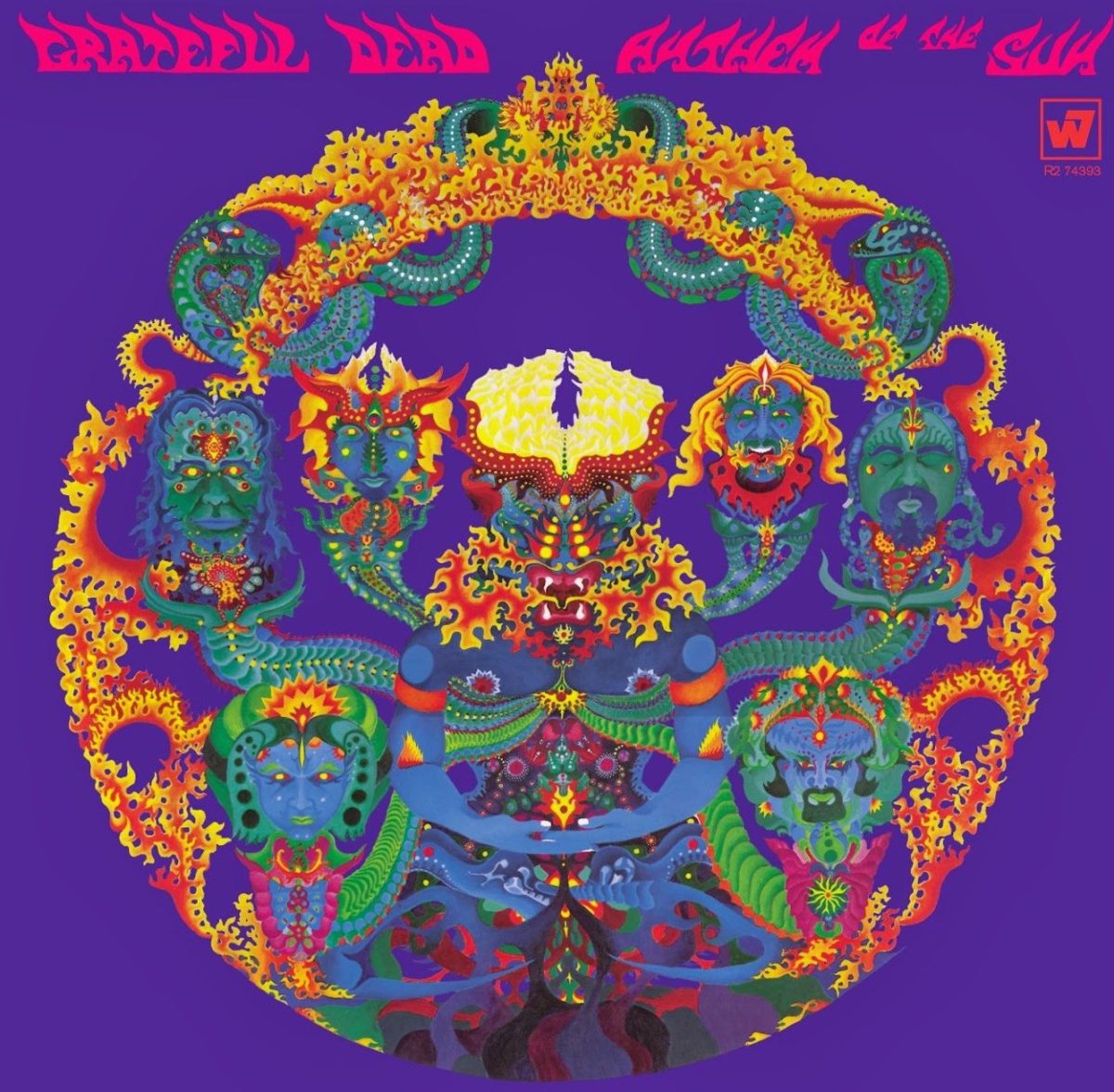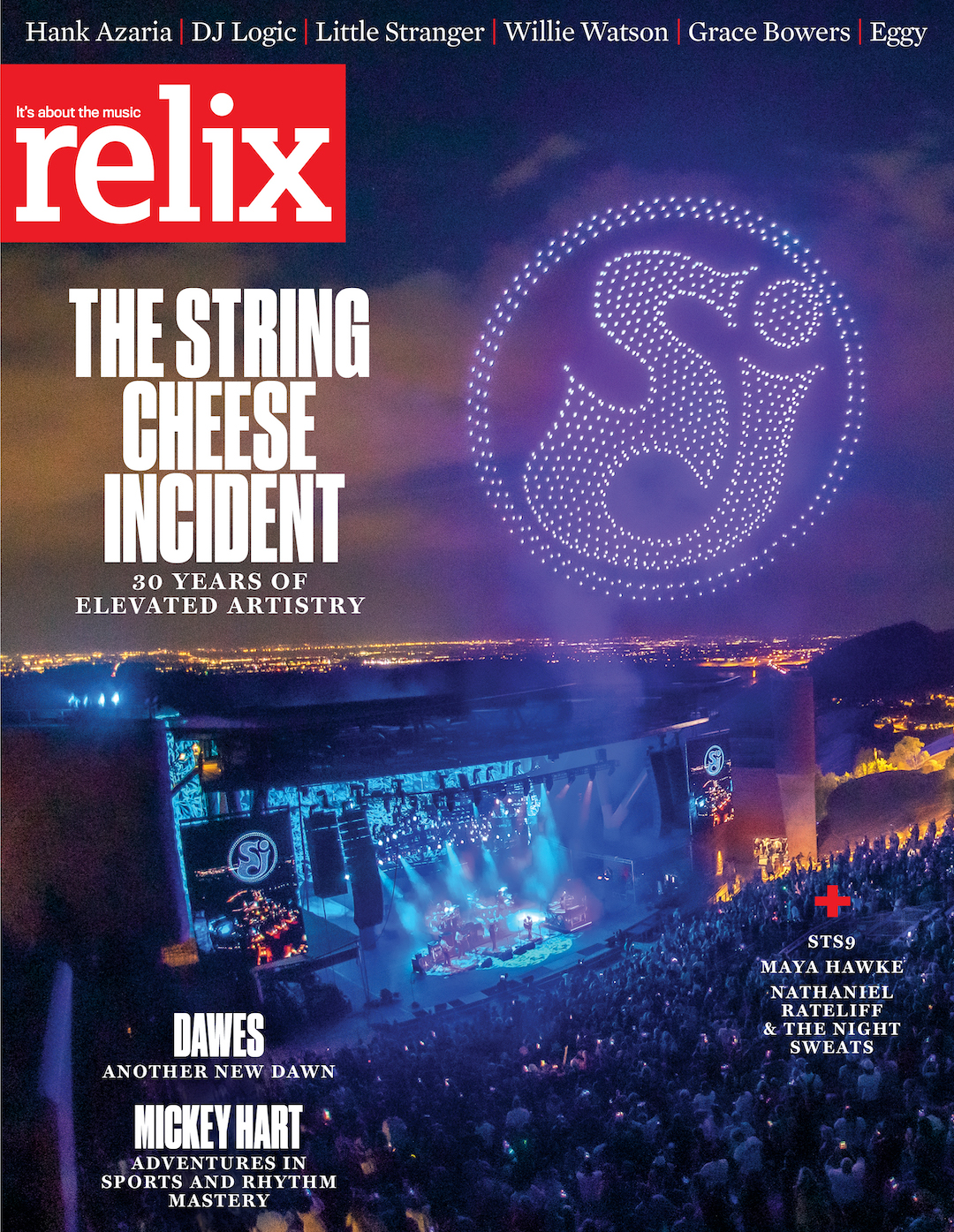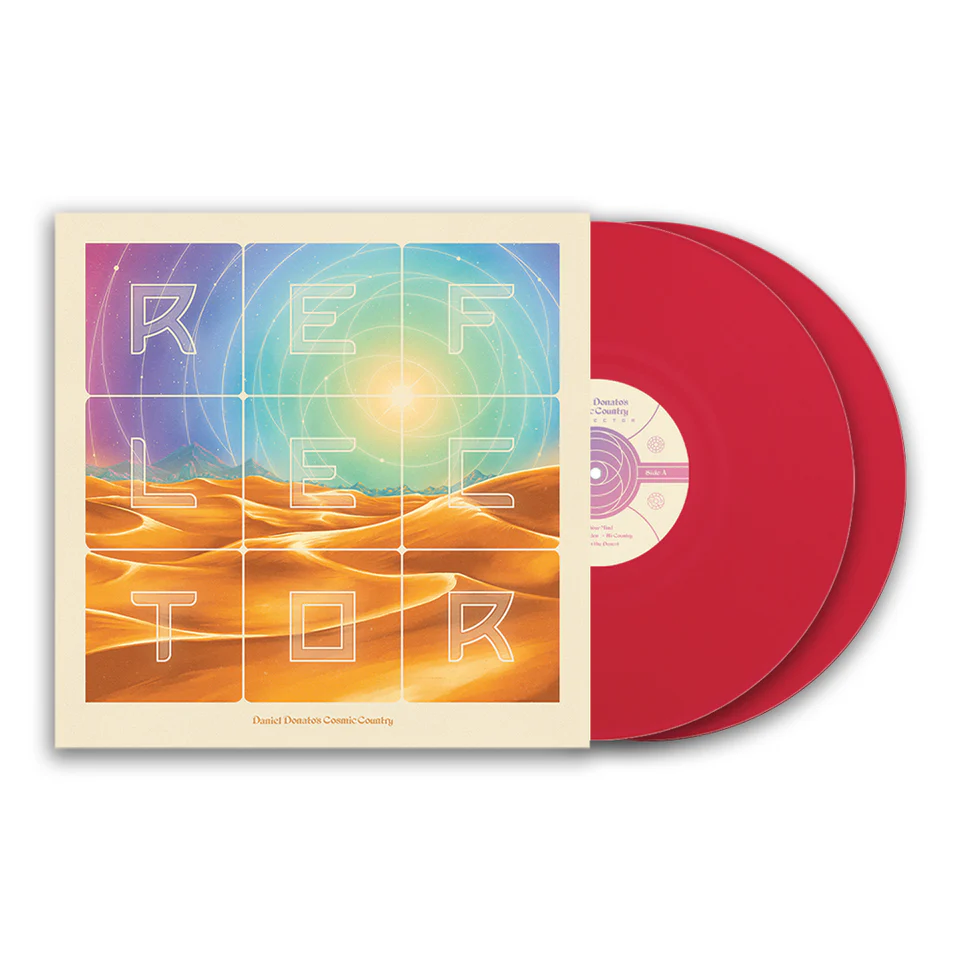Relix 44: Grateful Dead’s ‘Anthem of the Sun’ at 50

Welcome to the Relix 44. To commemorate the past 44 years of our existence, we’ve created a list of people, places and things that inspire us today, appearing in our September 2018 issue and rolling out on Relix.com throughout this fall. See all the articles posted so far here.
Mixed for the Hallucinations: Anthem of the Sun at 50
The Grateful Dead first scaled the charts in 1968, but not how they intended. Minor characters in Tom Wolfe’s best-selling book The Electric Kool-Aid Acid Test, the Dead were bit players in much of the coverage of the emerging San Francisco psychedelic renaissance, from Joan Didion’s skeptical “Slouching Towards Bethlehem” to exploitation LPs, while their Haight-Ashbury neighbors in Jefferson Airplane pumped out the hits. Though the Dead’s 1967 Warner Brothers debut almost captured what they sounded like live, it also failed to manifest the LSD-fueled group mind twirling behind their music. That would change.
To Warner Brothers chagrin, though, the Grateful Dead weren’t after hits. They were after human consciousness. Released in the summer of 1968, Anthem of the Sun remains the Grateful Dead’s boldest step into the avant-garde, an experimental masterpiece that pioneered a blend of live recordings and studio experimentation, and their most realized studio approximation of the psychedelic experience. It was a technical achievement, with the band and their friends inventing one studio hack after another in order to complete the album. (Recently reissued as a cheaper/dirtier print- on-demand-style paperback, Blair Jackson’s essential Grateful Dead Gear goes deep under Anthem’s hood.)
“Mixed for the hallucinations,” as Jerry Garcia would infamously say, the road to Anthem would leave behind a trail of pissed-off engineers, angry letters from the record company, and a near arrest when, high on acid, new auxiliary drummer Mickey Hart borrowed LSD chemist Owsley Stanley’s Nagra tape machine to make field recordings at the San Francisco Zoo in the middle of the night. It would also leave behind blown minds.
Orchestrated primarily by Jerry Garcia and Phil Lesh with chief engineer Dan Healy, the core three would perform a ballet-like mix at the studio console to realize Lesh’s epiphany of “the sound of a thousand-petal lotus, unfolding in constant renewal,” an all-hands- on-deck studio-as-instrument performance of knob-twiddling and fader-fading. Splicing in an electronic composition by Tom Constanten, Lesh’s pal and the band’s avant-weirdo-in-residence, the petals’ unfolding also featured Constanten dropping a spinning top across the sounding board of a piano, a John Cage move that apparently flipped the wig of the attending engineer.
Capturing the band’s two live suites of the era—the psychedelic “That’s It for the Other One” / “New Potato Caboose” / “Born Cross- Eyed” on one side, and Pigpen’s bluesier show-stopping “Alligator” / “Caution” on the flip—Anthem would also quickly become dated by the band’s standards. Within four years, all but one of the album’s pieces, Bob Weir’s middle section of “The Other One,” were gone from live shows. Yet, the Grateful Dead left behind an era that they, themselves, would shed more completely than perhaps any other, from the complicated harmonies of Lesh and Bobby Petersen’s mythopoeic “New Potato Caboose” to Weir’s lost psych-pop swooper “Born Cross-Eyed.”
A new two-CD edition features a heady lenticular iteration of Bill Walker’s cover—seek out his website for a detailed explanation of the original—and excellent liner notes by Steve Silberman. It also features Garcia’s 1971 remix (issued with a white LP sleeve), a more subdued realization of the album’s components that mostly serves to highlight the richness of the original.
Neither the 1968 nor 1971 version scaled the charts, nor even appreciatively built the band’s Deadhead audience. Rather, Anthem of the Sun remains not only a psychedelic statement but a constant: as ambitious in 1968 as it is during the newest wave of the psychedelic renaissance now unfolding (in constant renewal) a half-century later. Nothing lasts, but everything returns.
This article originally appears in the September 2018 issue of Relix. For more features, interviews, album reviews and more, subscribe here.



















